Paris can appear daunting at first, but getting around the City of Light soon becomes second nature once you master the basics. The key isn’t learning every corner of a street or speaking perfect French—it’s comprehending the way the city works while gaining clever habits that locals implement daily.
Getting familiar with Paris’ transportation and directions will completely change your experience. Check out 20 useful tips that will make you stroll around the city as if you’ve lived there for decades.
Buy a Navigo Weekly Pass

Skip those individual metro tickets and grab a Navigo weekly pass if you’re staying longer than three days. This magnetic card works on metros, buses, trams—even trains to nearby suburbs like Versailles.
You’ll save money while avoiding awkward moments fumbling for exact change as a line forms behind you.
Download Citymapper Before You Arrive
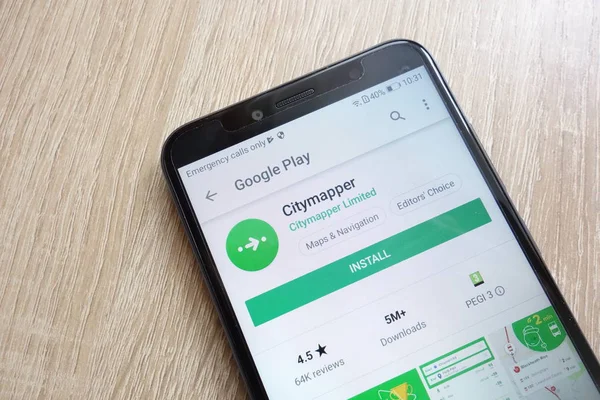
Citymapper is absolutely the golden app for Paris’ public transport. It’s like having a local friend in your pocket, and it works offline and shows real-time delays.
The app even tells you which metro car to board for the quickest exit at your destination—Parisians swear by it.
Like Travel Pug’s content? Follow us on MSN.
Learn the Metro Color System
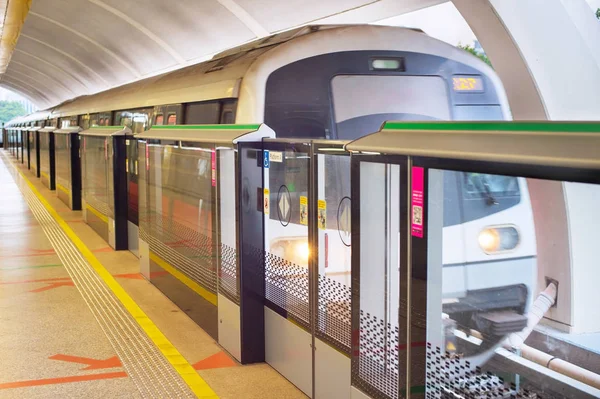
Each metro line has a distinct color and number, though navigation becomes surprisingly simple once you catch on. Line 1 is yellow and runs east-west through major tourist spots, while Line 4 is purple and connects Montparnasse to the Marais.
Think of it like a rainbow subway map where each line tells its own story.
Always Stand Right on Escalators
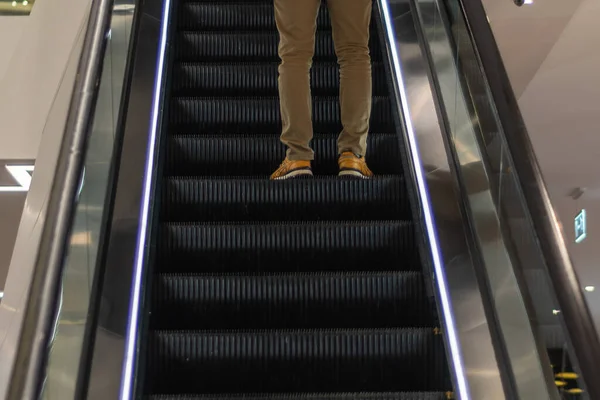
This isn’t just politeness—it’s survival during Paris rush hour. Stand on the right side of escalators while letting people walk past on the left.
Blocking the left side is like stopping in the middle of a highway during peak traffic, and you’ll quickly understand why Parisians have that reputation for being direct about it.
Keep Your Metro Ticket Until You Exit
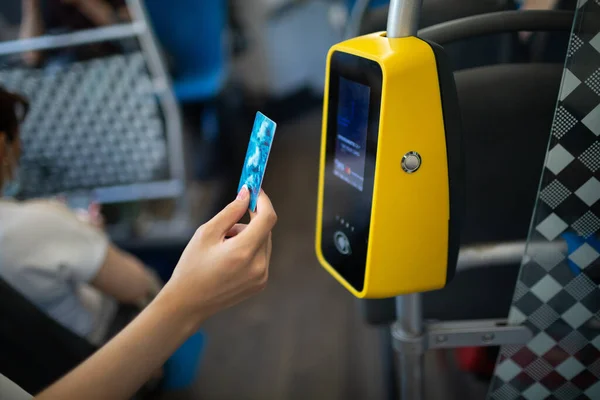
Those little paper tickets aren’t just for getting in—you need them to exit many stations too. Tuck your ticket in a safe pocket after scanning, since losing it means paying a fine when ticket inspectors show up.
It’s like keeping your parking receipt until you leave the garage.
Like Travel Pug’s content? Follow us on MSN.
Walk More Than You Think You Should
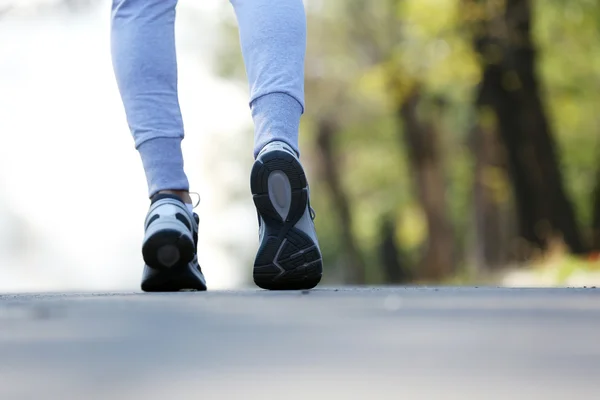
Paris is surprisingly compact—many destinations that look far on a map are actually pleasant 15-minute walks. The city measures only about 6 miles across, yet walking often beats waiting for metros during peak hours.
Plus, you’ll stumble upon those hidden courtyards and perfect cafés that make Paris truly magical.
Master the Bus System for Scenic Routes
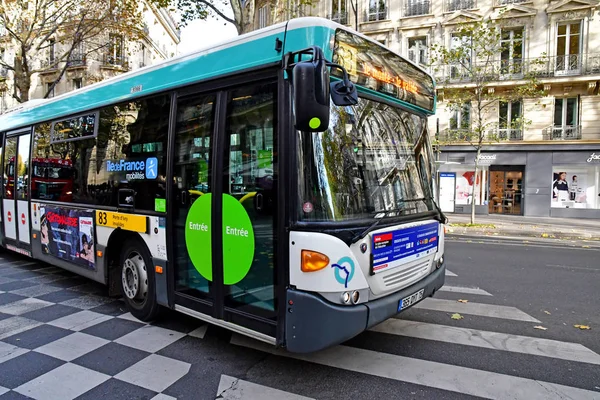
Buses in Paris offer street-level views while often running more directly than metro connections. Line 69 gives you a budget tour from the Eiffel Tower to Père Lachaise Cemetery—Line 72 showcases the Seine riverbanks.
The same Navigo pass works, though you’ll see the actual city instead of tunnels.
Use Vélib’ Bikes for Medium Distances
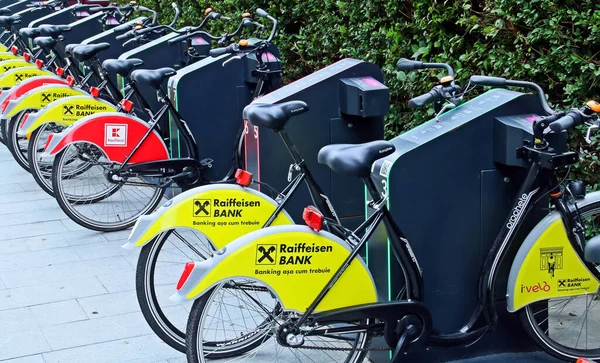
The Vélib’ bike-sharing system has thousands of stations throughout Paris, perfect for trips between 1 and 3 miles. The first 30 minutes are included with most passes, and bikes handle cobblestones better than your feet in dress shoes.
Just remember that Parisians bike assertively—think confident rather than aggressive.
Like Travel Pug’s content? Follow us on MSN.
Learn Basic French Transit Phrases

‘Excusez-moi’ (excuse me) and ‘Où est…’ (where is) will take you far in Paris. Most Parisians speak some English, though starting in French shows respect and often gets you friendlier responses.
It’s like knocking before entering someone’s house —a simple courtesy that opens doors.
Avoid Metro During Rush Hours When Possible
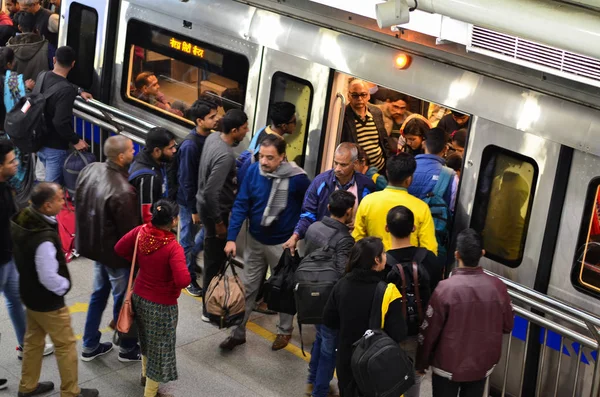
The Paris metro gets brutally crowded between 7:30 and 9:30 AM and 5:30 and 7:30 PM on weekdays. If your schedule allows flexibility, explore during off-peak hours when you can enjoy the beautiful Art Nouveau station designs.
Rush hour metros feel like being pressed in a flower book—functional but not fun.
Know Your Arrondissement Numbers
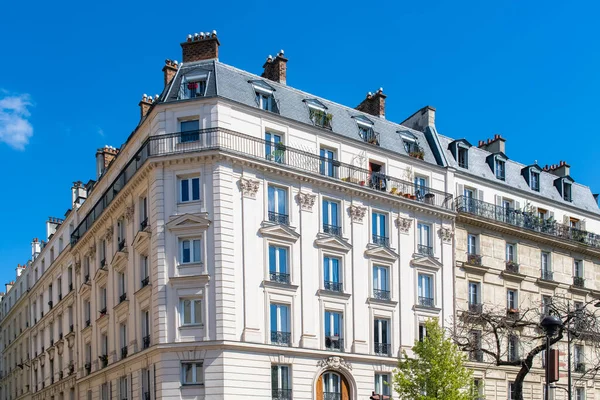
Paris spirals outward from the center in numbered districts called arrondissements, from 1 to 20. The postal code tells you exactly where you are: 75001 is the 1st arrondissement (Louvre area), while 75018 is the 18th (Montmartre).
It’s like having a built-in GPS coordinate system that every address provides automatically.
Like Travel Pug’s content? Follow us on MSN.
Use Multiple Transit Apps
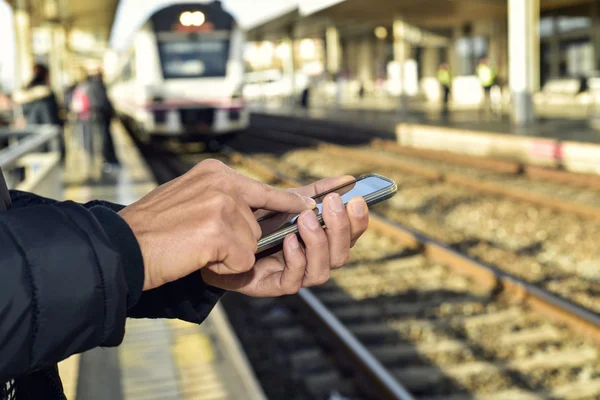
While Citymapper excels in public transport, Google Maps works better for walking directions and finding nearby restaurants. Parisians often cross-reference both apps, especially when construction disrupts normal routes.
Think of it like having both a road atlas and a local guidebook at your disposal.
Carry a Reusable Water Bottle

Paris has hundreds of public water fountains scattered throughout the city. Staying hydrated while walking cobblestone streets makes a huge difference in your energy levels.
The tap water tastes great, fountain locations are marked on city apps, and you’ll save money while avoiding plastic waste entirely.
Learn the RER for Airport Connections
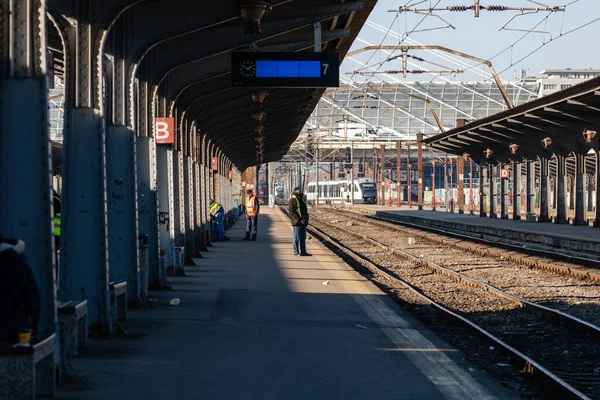
The RER B line connects both Charles de Gaulle and Orly airports to central Paris for a fraction of taxi costs. The journey takes about 45 minutes to CDG and involves one transfer for Orly, yet you’ll save 40-50 euros each way.
Just validate your ticket properly since RER fines are steeper than metro violations.
Like Travel Pug’s content? Follow us on MSN.
Use Landmark Navigation, Not Street Names

Parisians navigate by monuments and major intersections rather than memorizing street names. ‘Near the Panthéon’ or ‘by Place de la République’ gives better directions than specific addresses would.
The city built itself around these landmarks over centuries, so follow the same mental map that locals have always used.
Download Offline Maps
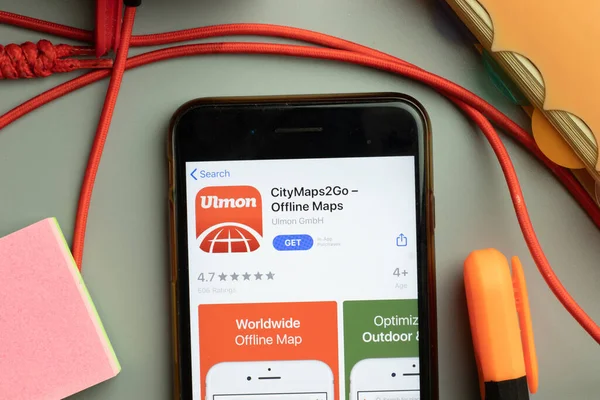
Cell service can be spotty in metro tunnels and some older buildings, so download offline maps for your most-visited neighborhoods beforehand. Google Maps and Maps.me both offer detailed offline functionality that works without a data connection.
It’s like having a paper map that never gets wet in the rain or tears from overuse.
Understand Taxi vs. Uber Pricing
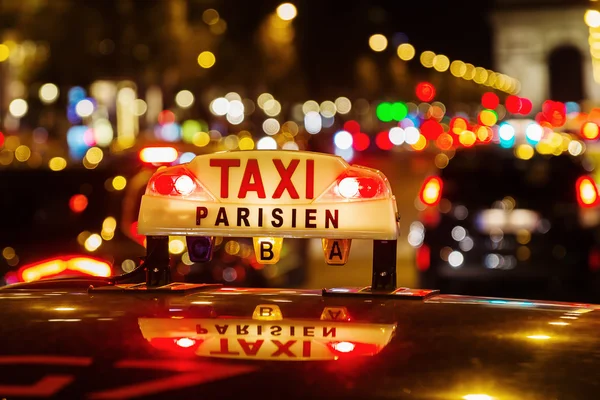
Taxis use meters and can be expensive during heavy traffic, while Uber shows upfront pricing, though it may surge during peak times. Both are legitimate options for getting around, yet for short distances, walking or the metro usually wins on both time and cost.
Save rides for late nights, heavy luggage, or when you’re genuinely lost.
Like Travel Pug’s content? Follow us on MSN.
Learn the Night Bus Network
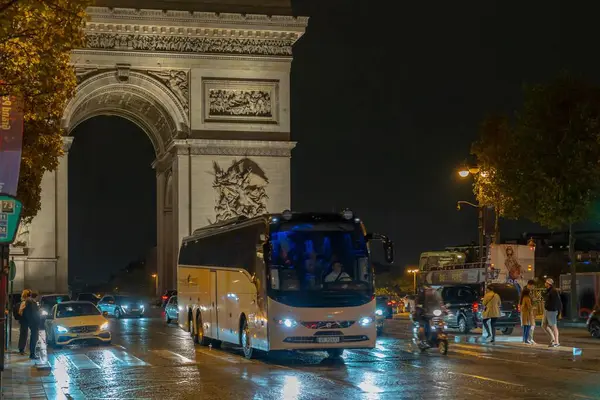
When metros stop running around 1:15 AM (2:15 AM on weekends), Noctilien night buses take over with reduced frequency throughout the city. Routes connect major entertainment districts and run until regular service resumes in the morning.
The network isn’t as dense as daytime options, though it beats expensive night taxis for budget-conscious travelers.
Use Train Stations as Navigation Hubs

Major train stations like Gare du Nord and Gare de Lyon serve as neighborhood anchors with multiple metro connections converging. These hubs often have the best signage, information desks, and amenities when you need to reorient yourself completely.
Think of them as the main squares of their respective districts.
Trust Your Instincts About Route Safety
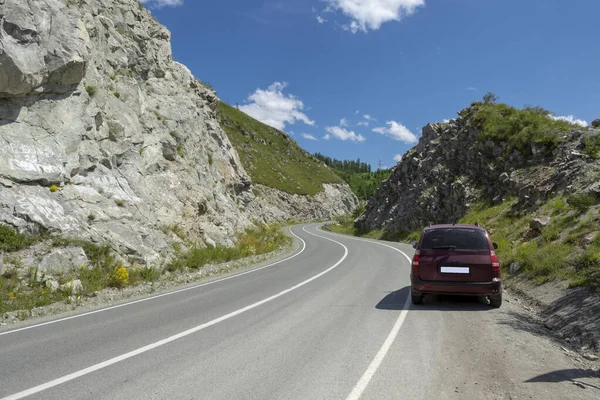
Most Paris neighborhoods are safe for tourists, though some metro stations and routes feel sketchy late at night. Trust your gut feelings about crowds and lighting levels, especially around Châtelet-Les Halles and certain northern line stations after dark.
A longer but well-lit route beats a direct path through an uncomfortable area every time.
Like Travel Pug’s content? Follow us on MSN.
Moving Through Paris Like a Local
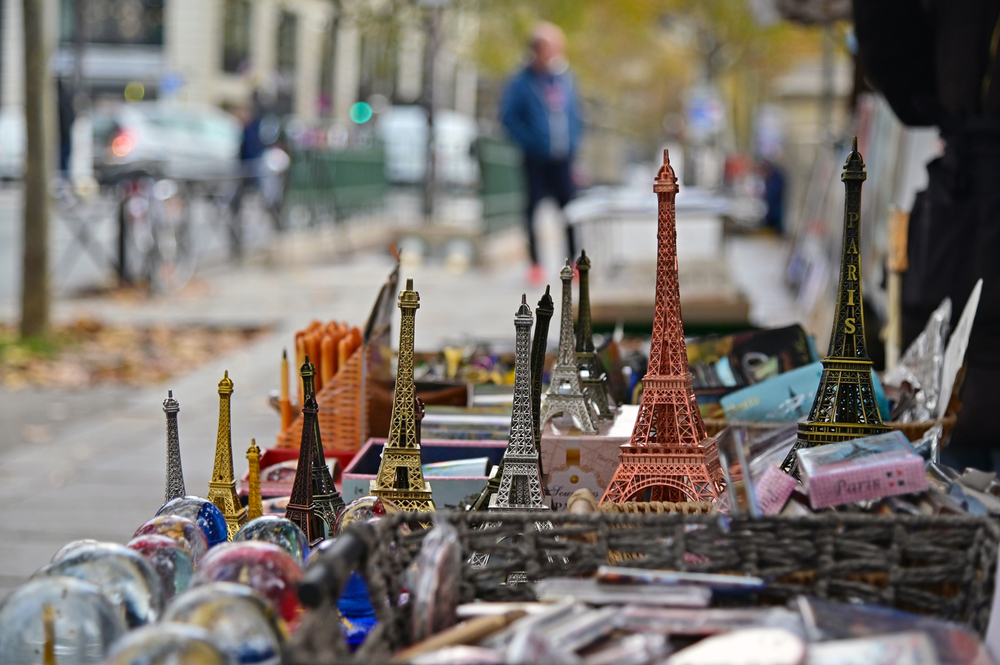
These navigation strategies reflect how Paris evolved from a medieval city into a modern metropolis, layer by layer, with each era adding new transport options while preserving the old infrastructure. Today’s visitors benefit from centuries of urban planning, from Baron Haussmann’s wide boulevards to the metro system that follows ancient pathways throughout the city.
The confidence that comes from understanding these interconnected systems transforms Paris from an intimidating maze into an accessible playground where every corner holds potential for discovery.
More from Travel Pug

- 20 Best Beach Towns in the Carolinas
- 13 Destinations Where Tourists Regularly Regret Their Trip
- 20 Things You Actually Get in First Class
- 20 Small Airports With Aviation Museums
- 20 Places in the U.S. That Are Perfect for a Reset Trip
Like Travel Pug’s content? Follow us on MSN.
